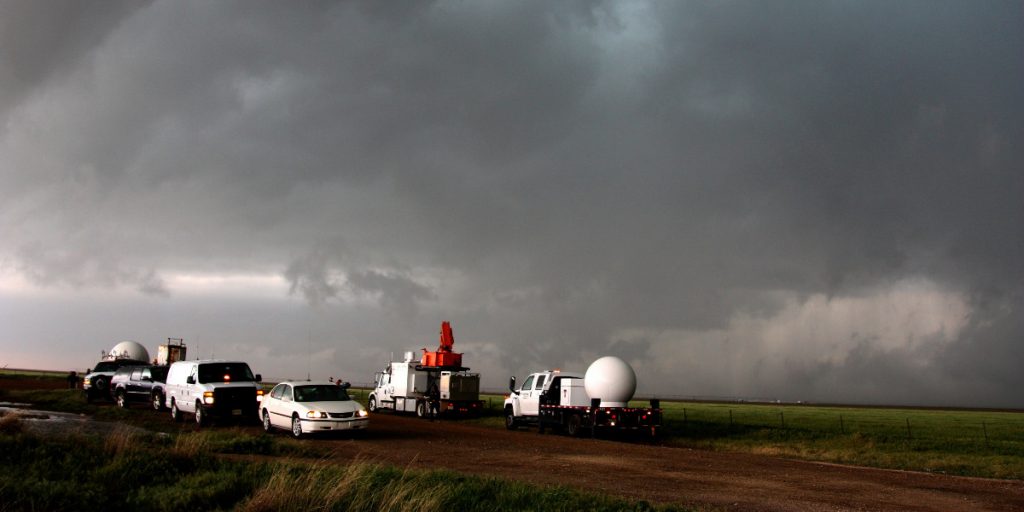AWS Public Sector Blog
Category: Open Source
Paris-Saclay University uses AWS to advance data science through collaborative challenges
This is a guest post by Maria Teleńczuk, research engineer at the Paris-Saclay Center for Data Science (CDS), and Alexandre Gramfort, senior research scientist at INRIA, the French National Institute for Research in Digital Science and Technology. Maria and Alexandre explain how they adapted their open source data challenge platform RAMP to train the models submitted by student challenge participants using Amazon Elastic Compute Cloud (Amazon EC2) Spot instances, and how they leveraged AWS to support three student challenges.
Design systems make government better—from Washington to Wellington
Governments around the world want to accelerate their digital transformation to offer simpler access to citizen services online and earn trust with effective solutions. This includes things like being able to send notifications to users, providing a single log-in for government services, or publishing public health information in the wake of a pandemic. The AWS Government Transformation Team is here to help. We highlight available solutions and build new open source solutions that governments can leverage. Before developing new software, establishing a foundation with a sound design system is an important first step so our solutions are consistent, accessible, and simple to use. Read on to learn more about why starting with an open source design system is important and how we selected one for the software we’ve built and will build in the future.
Serverless GIS with Amazon S3, open data, and ArcGIS
If you are hosting an ArcGIS web app today, then you are probably hosting it on a Windows or Linux server using traditional web server software like IIS or Apache. With the web hosting capability of Amazon S3 you can remove the need to run these servers and the maintenance, management, and monitoring overhead that comes with it. Serverless services like Amazon S3 can scale automatically and can be as simple as copying over your website assets to get up and running in minutes. This blog focuses on web app implementations using ArcGIS API for JavaScript (as other ArcGIS web apps have additional considerations).
Crowdsourcing a cure for COVID-19: How the cloud and Folding@home are accelerating research and drug discovery
Today more than 200,000 volunteers around the world are helping accelerate research toward COVID-19 therapies—by walking away from their computers. That’s because of a concept called distributed computing, which allows anyone with a home computer, laptop, or virtual machine to contribute computing power to a common cause. This month, nonprofit Folding@home has started sharing one of the world’s largest public protein simulation databases as an AWS Open Data Set so that researchers around the world can easily access this data to speed up the search for therapies for COVID-19.
California uses open source solutions and the cloud to create a model of models
Governments, like the state government of California, are in the midst of a transition to a new way of delivering vital information, services and programs using technology and the cloud. Government organizations are adopting approaches pioneered in the technology industry, including user-centered design, agile development, data science, modular contracting, and the use of modern technology platforms. Many of these governments, like the state of California, are using Amazon Web Services (AWS) to respond quickly and scale to battle unprecedented challenges, like COVID-19, and help them quickly make decisions about how to protect their constituents.
50 years of innovation: How open data is supporting NOAA’s “science, service, and stewardship” mission
This month, the National Oceanic and Atmospheric Administration (NOAA) celebrates 50 years of “science, service, and stewardship.” Over the past five decades, NOAA has demonstrated its ability to push the boundaries of technological innovation to collect and understand data, as well as share that knowledge and information with others. AWS supports NOAA’s mission, in particular by providing public access to the agency’s environmental datasets since 2015 through the Registry of Open Data on AWS.
Bridging data silos to house and serve the homeless
Efforts to prevent and combat homelessness are limited by the lack of comprehensive data about people experiencing homelessness. This makes it difficult for states to identify trends and emerging needs to respond and make data-driven decisions about the effective deployment of resources. The cloud can help bridge information silos. Read on for examples of how states use the cloud to bridge data silos and better serve the homeless.
Building cloud-based community knowledge about machine learning to predict and understand extreme weather
The National Center for Atmospheric Research (NCAR) is a federally funded research and development center sponsored by the National Science Foundation. It engages in large-scale Earth system science research projects in collaboration with the broader university community. NCAR hosts visitors from around the world, develops community models including the Community Earth System Model and the Weather Research and Forecasting Model, and maintains supercomputers, observational systems, and aircraft to support further study on the how the planet works. As part of the Amazon Sustainability Data Initiative, we invited Dr. David John Gagne, machine learning (ML) scientist at NCAR, to share how open data and machine learning on AWS are impacting the way we predict and understand extreme weather.
How open source helps governments respond to COVID-19 with speed, scale, and agility
Governments are sharing their technology solutions with other governments through open source tools. These tools are helping state, local, and federal governments respond quicker, and at the scale needed, especially during the COVID-19 pandemic. However, one of the challenges governments face is finding out what open source tools are available. To help public sector customers use open source tools better, AWS launched Open Government Solutions, which aggregates open source projects and assets from public sector entities around the globe for governments at all levels to find, adapt, and reuse. During a panel conversation around the launch, government leaders outlined five key reasons why governments are choosing open source technologies to deliver citizen services.
Open source in the fight against COVID-19
As we continue to work with public sector bodies around the world, AWS understands how valuable open source software and development communities are at this time. To accelerate the combined global response to COVID-19, we gathered examples of third-party open code, tools, and standards that reformers in the public sector can immediately use. We’ve included these in a new resource now available in Open Government Solutions.









